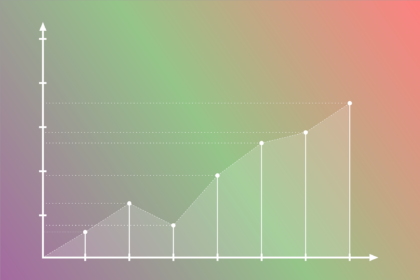This week it was interesting to learn about the academic journal industry. I knew some journal subscriptions were expensive but I had no idea that schools are paying in the millions per year for ‘bundled’ subscriptions, many of which they don’t even need. This system seems to favor the journal and not the student, researcher, or writer of scholarly articles. I can see the value of a journal that only wants to publish the highest quality, peer-reviewed research but I also think that peer-review could be done in a different way that doesn’t rely on the journal.
We talked at the beginning of this class about the unreliability of what you find on the internet so having resources that are vetted is very important but there should be a compromise that can keep the integrity of the journal while allowing lower or no cost access to research. It is true that publishing on the internet is not free:
The publishers argue the new mode of digital delivery has come with an array of additional costs. “We’re continuing to invest significantly in digital infrastructure, which has a lot of fixed costs that repeat each year. We’re employing thousands of technologists,” said Elsevier’s Gemma Hersh. “So it’s not the case that digital is cheaper.”
Resnick, Brian, and Julia Belluz. “The War to Free Science.” Vox. Vox, June 3, 2019. https://www.vox.com/the-highlight/2019/6/3/18271538/open-access-elsevier-california-sci-hub-academic-paywalls.
But is it really that expensive and can we see the numbers on that? This still doesn’t seem to justify the exorbitant subscription rates that are keeping researchers and students out and increasing college tuition fees as well. This system has lead to a black market of pirated research, whether researchers find loopholes like sharing preprints or just passing out copies.
People are trying to develop alternatives to journal publishing like open-access, different funding models, and new online resources. Resnick and Belluz point out that one major obstacle for these new models is the prestige academics get from being published in high-profile journals. These publications have a direct influence on their careers so it is difficult to give up the rewards that come with this.
At the moment, researchers’ careers — the grants they’re given, the promotions they attain — rise or fall based on the number of publications they have in high-profile (or high-impact) journals.
Resnick, Brian, and Julia Belluz. “The War to Free Science.” Vox. Vox, June 3, 2019. https://www.vox.com/the-highlight/2019/6/3/18271538/open-access-elsevier-california-sci-hub-academic-paywalls.
This leads to a discussion of copyright and how it works – or doesn’t – in the digital age. I feel that basically, the ideas about copyright are good but the practice of it right now, for the average person, really relies on the integrity of the people looking at and using your work. Most people don’t have the resources to sue someone over copyright infringement so this affects our willingness to share ideas and work if it essentially free for the taking. This is true as well for people who have created published works that have taken off in popularity but have been pushed out when their products were sold. Copyright is not perfect and has loopholes. Creators should watch what is happening to their work carefully from the beginning but it seems like there is not enough recourse available for those who are victims of copyright infringement.
There are a lot of interesting nuances in copyright like an idea is not copyrighted but the implementation of an idea is, as Dr. Otis explained in class. There is also a difference between copyright and plagiarism.
A copyrighted work is defined as an expression of creativity that shows originality, although it doesn’t have to be unique, and is fixed in some medium so others may experience it.
Akierig. “Akierig.” Mason Publishing Group, February 20, 2020. https://publishing.gmu.edu/communication/copyright/copyright-basics/.
We looked at websites that showed different types of digital exhibits. I think of a digital exhibit as telling a story but it can also be used to present a set of facts. However, the very act of choosing the facts to present is a type of curation or story-telling in itself. I really liked the exhibit on pandemic religion as it is an important part of life for many people but is not talked about publicly very much. It is interesting to see how people adapted their religious practices during the pandemic.
We made our own exhibits in Omeka, which is a great platform. Martina had the great idea to feature condiments. I didn’t know we mostly get fake wasabi in the U.S.! To make a digital asset management system like this in WordPress would take a lot of work and knowledge about WordPress — why reinvent the wheel? Omeka is set up for collections with metadata and other nice tools for presentation. My personal exhibit:





Awesome post, you touched on a lot of subjects. I also really liked the digital exhibits we viewed this week and the contributory aspects of each of them. I appreciate your comment on how they are not really talked about and wonder how this lack of outreach or at least limited can affect the diversity of the materials that are in the collections, but of course as we know from the first week that is something that researchers must consider when they use any collection of materials: what does this tell me and what does it not. I like how you pointed out how the big publishers try to justify the cost of their products, I also would like to see evidence backing these claims. Great exhibit, cute dogs!